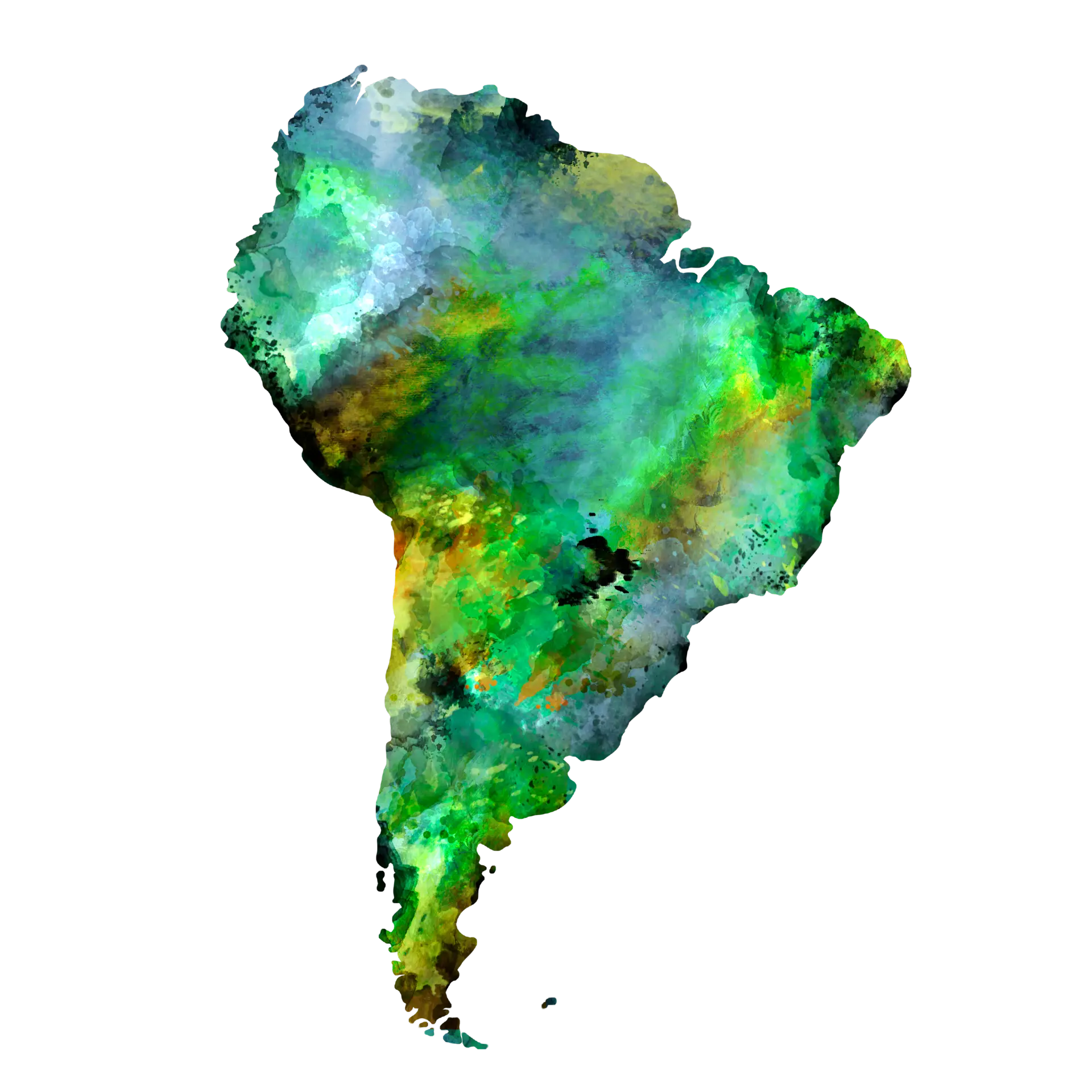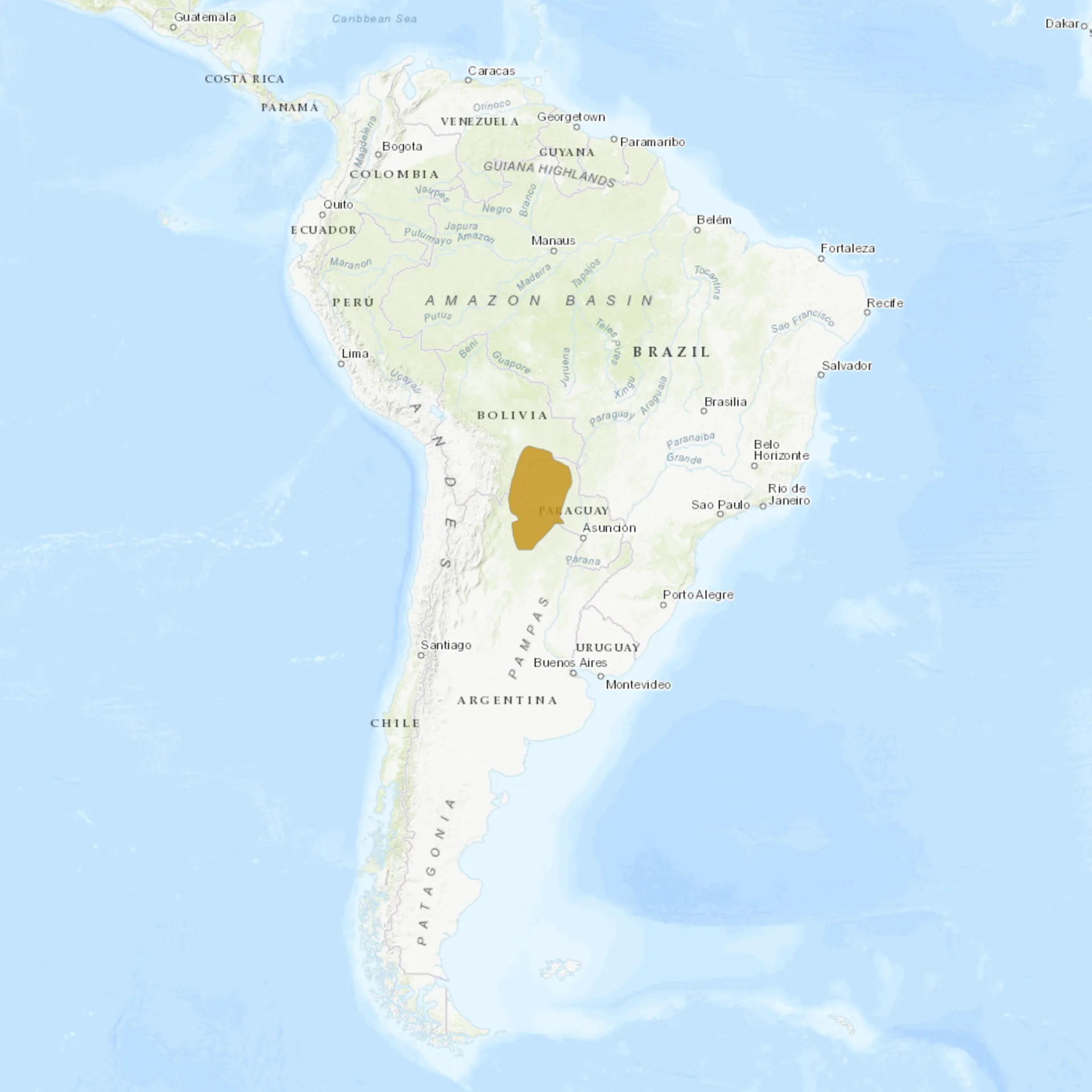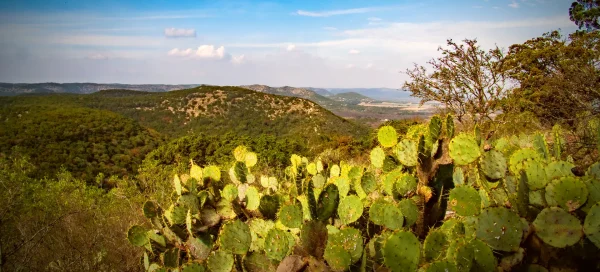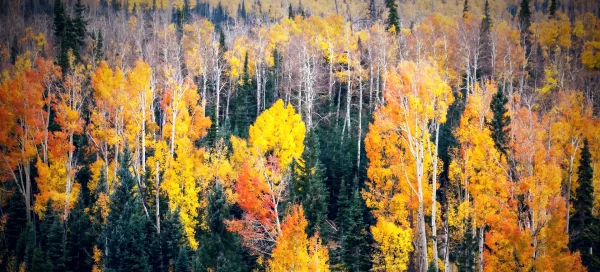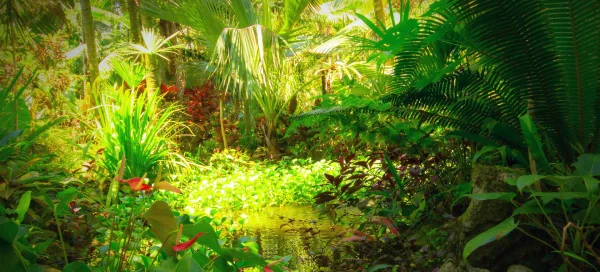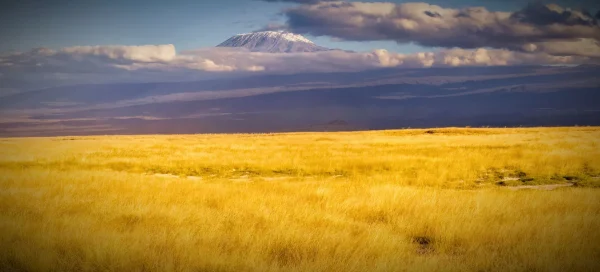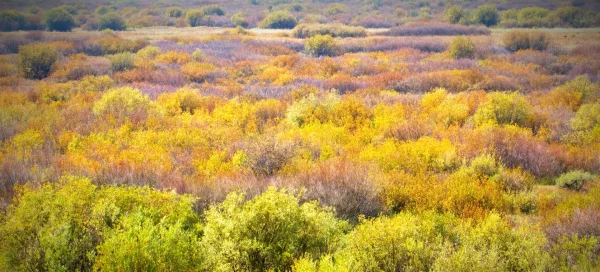Overview
The Chacoan Peccary (Catagonus wagneri) is a rare and highly specialized pig-like mammal native to the Gran Chaco region of South America. It was considered extinct until its rediscovery in 1975, making it one of the most remarkable cases of a “living fossil” in the animal kingdom. This species is distinguished from other peccaries by its longer ears, larger size, and more complex nasal structures, which help it survive in its harsh, arid environment. Highly elusive and primarily diurnal, it roams in small herds, relying on dense thorn forests for protection from predators.
Chacoan Peccaries are well adapted to their habitat’s dry and semi-arid conditions, with specialized kidneys that allow them to conserve water efficiently. They primarily feed on tough, spiny vegetation, including cacti, which they can consume thanks to their strong jaws and well-developed digestive system. They possess an additional hind toe, unlike other peccary species, which distinguishes them anatomically. Their social structure consists of small groups ranging from two to ten individuals, which communicate through vocalizations, scent markings, and body language.
This species faces severe threats from habitat destruction due to expanding agriculture, cattle ranching, and deforestation in the Gran Chaco. Its restricted range and low reproductive rate make it highly vulnerable to population decline. While protected in some areas, illegal hunting and human encroachment threaten its survival. Conservation programs, including habitat preservation and breeding efforts, are crucial to ensuring the future of this rare and unique peccary.
Taxonomy
Kingdom
Phylum
Class
Order
Family
Genus
Species
Type
Current distribution:
Chacoan Peccaries are found only in fragmented populations across the Gran Chaco region of Paraguay, Bolivia, and northern Argentina. They have an extremely limited range due to their specialized habitat requirements and sensitivity to human disturbances. Their populations are declining due to deforestation for cattle ranching and soybean farming, which reduces available habitat and food sources. In some regions, local hunting further threatens their already small numbers.
Conservation efforts have established protected areas, but illegal logging and land conversion continue to shrink their habitat. The species’ secretive nature makes it difficult to study, leading to uncertainties about its exact population size. Some small, isolated groups exist outside protected areas, but long-term survival is uncertain without significant conservation interventions. Conservationists are working on habitat restoration projects and anti-poaching measures to slow the decline of this rare species.
Physical Description:
The Chacoan Peccary is the largest and most distinctive of the three known peccary species, reaching lengths of over three feet. Its coarse, bristly coat varies in color from brownish-gray to dark gray, providing effective camouflage in its arid habitat. A pale stripe runs along its shoulders, distinguishing it from other peccary species. Its snout is elongated and flexible, adapted for foraging on tough vegetation, and its strong, durable teeth are capable of crushing hard plant materials.
Unlike other peccaries, the Chacoan Peccary has an additional third hind toe on its rear feet, a primitive trait that sets it apart from its relatives. Its ears and tail are relatively small, reducing heat loss in the dry climate of the Gran Chaco. The Chacoan Peccary possesses a well-developed sense of smell, which it uses to locate food and communicate with other herd members. Despite its stocky build, it is surprisingly agile and capable of swift movements when evading predators like jaguars and pumas.

Lifespan: Wild: ~12 Years || Captivity: ~20 Years

Weight: Male: 66–88 lbs (30–40 kg) || Female: 55–77 lbs (25–35 kg)

Length: Male: 35–43 in (90–110 cm) || Female: 33–41 in (85–105 cm)

Height: Male: 19–22 in (48–56 cm) || Female: 18–21 in (45–53 cm)

Top Speed: 22 mph (35 km/h)
Characteristic:
Native Habitat:
The Chacoan Peccary is native to the Gran Chaco, a dry, thorny forest ecosystem spanning parts of Paraguay, Bolivia, and Argentina. This environment consists of dense, spiny shrubs, cacti, and scattered trees, with a climate characterized by seasonal droughts and high temperatures. The species prefers areas with dry scrublands and patches of open woodlands, where it can find shelter and food. It avoids open areas and relies on thick vegetation for protection against predators.
These peccaries adapt well to their extreme habitat, using their tough hooves and snouts to navigate through dense thorn forests. They often create and use well-trodden paths to move through their territory efficiently. Unlike other peccaries, they do not rely on water sources and instead derive most of their hydration from succulent plants like cacti. Their survival is closely linked to the health of the Gran Chaco ecosystem, which is under increasing pressure from human activities.
Biomes:
Biogeographical Realms:
Continents:
Diet:
Diet & Feeding Habits:
The Chacoan Peccary is an herbivore with a diet adapted to the harsh environment of the Gran Chaco. It primarily consumes tough, fibrous vegetation, including cacti, bromeliads, and other drought-resistant plants. To deal with the cacti spines, they use their specialized teeth and jaws to grind down the tough material and even rub the spines off with their hooves before eating. This species also supplements its diet with roots, fruits, and occasionally fungi, providing essential nutrients and hydration.
Due to the arid conditions of its habitat, the Chacoan Peccary has developed an efficient digestive system that extracts moisture from its food, reducing its need for direct water sources. It has a multi-chambered stomach that allows it to break down cellulose, similar to ruminant mammals. Foraging occurs mainly in the early morning and late afternoon to avoid the extreme midday heat. This peccary plays a key ecological role by dispersing seeds, contributing to the regeneration of its native dry forest ecosystem.
Mating Behavior:
Mating Description:
Chacoan Peccaries have a polygynous mating system, where dominant males mate with multiple females within a social group. Breeding occurs year-round, but peaks are observed during the rainy season when food availability is higher. After a gestation period of approximately 150 days, females give birth to one to four offspring in a well-sheltered den. Newborns are precocial, meaning they are relatively developed at birth and can move with the herd shortly after.
Females provide the young with extensive maternal care, nursing, and protection from predators like jaguars and pumas. Young peccaries stay with the group and learn foraging techniques from older individuals. The species’ slow reproductive rate contributes to its vulnerability, as population recovery is slow in response to habitat loss. Strong social bonds within the herd help protect juveniles and improve survival rates.
Reproduction Season:
Birth Type:
Pregnancy Duration:
Female Name:
Male Name:
Baby Name:
Social Structure Description:
The Chacoan peccary is a highly social animal in groups known as herds. These herds typically consist of about 10 individuals, but larger groups have been observed, especially in areas with abundant resources. Within the herd is a well-defined social hierarchy, with dominant individuals prioritizing access to resources such as food and water. The social structure of these herds plays a critical role in their survival, protecting them from predators and allowing them to be efficient in foraging.
Communication within the herd is an important aspect of their social behavior. Chacoan peccaries communicate through various vocalizations, body postures, and scent markings. They maintain close social bonds, often seen rubbing against each other, which helps reinforce social relationships and group cohesion. The herd structure also facilitates raising young, with all members playing a role in protecting and teaching the offspring.
Groups:
Conservation Status:
Population Trend:
The Chacoan peccary population is estimated to be around 3,000 individuals in the wild, indicating a significant decline from historical numbers. This population is fragmented and primarily confined to the Gran Chaco region. The major factors contributing to the decline of this species are habitat loss due to agricultural expansion, deforestation, and hunting pressure. These factors have led to a decreasing trend in the population, raising concerns about the species’ long-term survival.
Conservation efforts are focused on protecting and managing the remaining habitat of the Chacoan peccary. This includes establishing areas, enforcing foundations, and implementing reforestation projects. Research is also being conducted to better understand the species’ ecology and behavior, which is essential for effective conservation planning. Collaboration with local communities is critical to ensure sustainable land use practices that benefit the peccaries and the people in the region.
Population Threats:
Habitat loss is the primary threat to the Chacoan peccary, primarily due to agricultural expansion and deforestation. The conversion of natural habitats into farmland and pastureland has led to significant fragmentation of their living spaces, isolating populations and reducing access to essential resources. In addition to habitat destruction, competition with domestic livestock for food and water resources further exacerbates the challenges faced by this species.
Hunting is another major threat to the Chacoan peccary. They are hunted for meat and skin, and some areas experience intense hunting pressure. This unsustainable hunting, often coupled with a lack of effective enforcement of wildlife protection laws, has significantly contributed to their decline in numbers. Additionally, diseases transmitted from domestic animals pose a risk to peccary populations, particularly in areas where wildlife and livestock come into close contact.
Conservation Efforts:
Conservation efforts for the Chacoan peccary include habitat protection, research, and community involvement. Protected areas have been established in parts of their range, which are crucial for providing safe habitats. Conservation organizations are working to strengthen the management and enforcement of these areas to ensure their effectiveness. Research on the species’ ecology, behavior, and genetics is essential for informed conservation strategies and is an ongoing focus of several organizations.
Community involvement and education play a key role in conservation efforts. Local communities are being educated about the importance of the Chacoan peccary and the need to protect its habitat. Sustainable land-use practices and alternative livelihoods are being promoted to reduce the impact on the peccary’s habitat. Additionally, efforts are being made to control hunting through law enforcement and the development of community-based wildlife management programs.
Additional Resources:
Fun Facts
- Chacoan peccaries have a specialized chamber in their stomachs for fermenting tough plant material, making them well-adapted to their harsh habitat.
- Unlike domestic pigs, Chacoan peccaries cannot swim.
- They have a unique gland on their back that secretes a white, sticky substance used for scent marking and communication.
- Chacoan peccaries are known to eat certain types of cacti despite their spines.
- Despite their bulky appearance, they can run quickly to escape predators.
- These peccaries create ‘dust baths’ in dry areas, which they use for social interactions and possibly to control parasites.
- The discovery of the Chacoan peccary in the 1970s was a significant zoological find, as it was previously believed to be extinct.
- Their snouts are tough and flexible, which helps them root in the hard ground for food.
- Chacoan peccaries have a better sense of smell than vision, which they use to locate food and detect predators.
- They play a vital role in their ecosystem by dispersing seeds and maintaining soil fertility through their rooting behavior.

